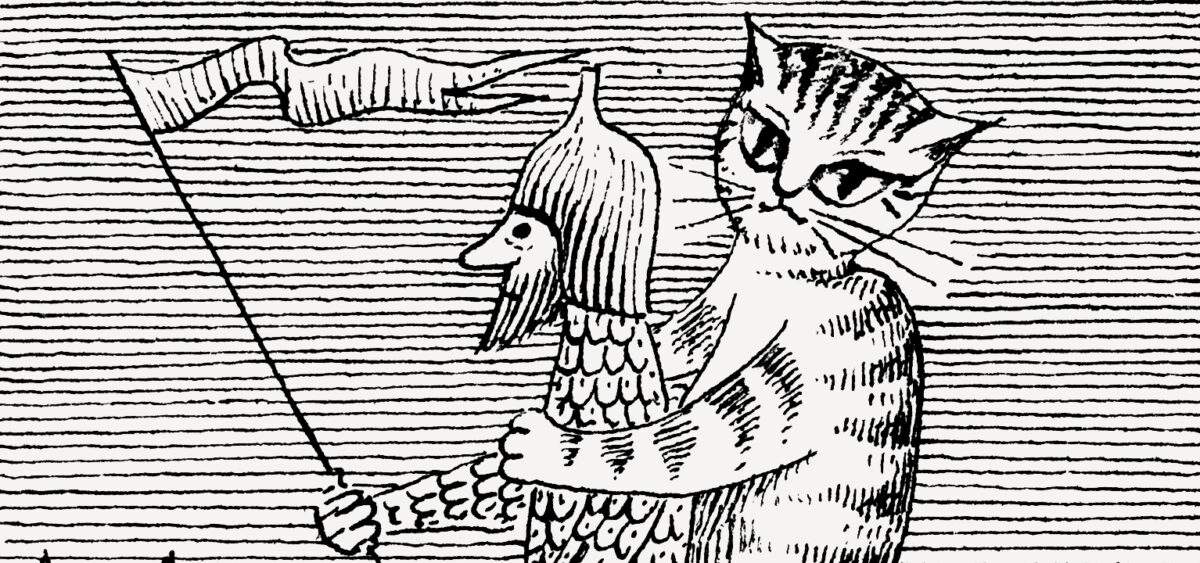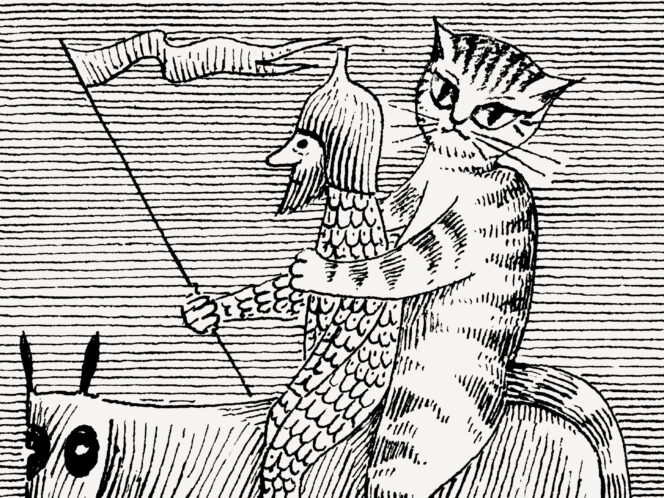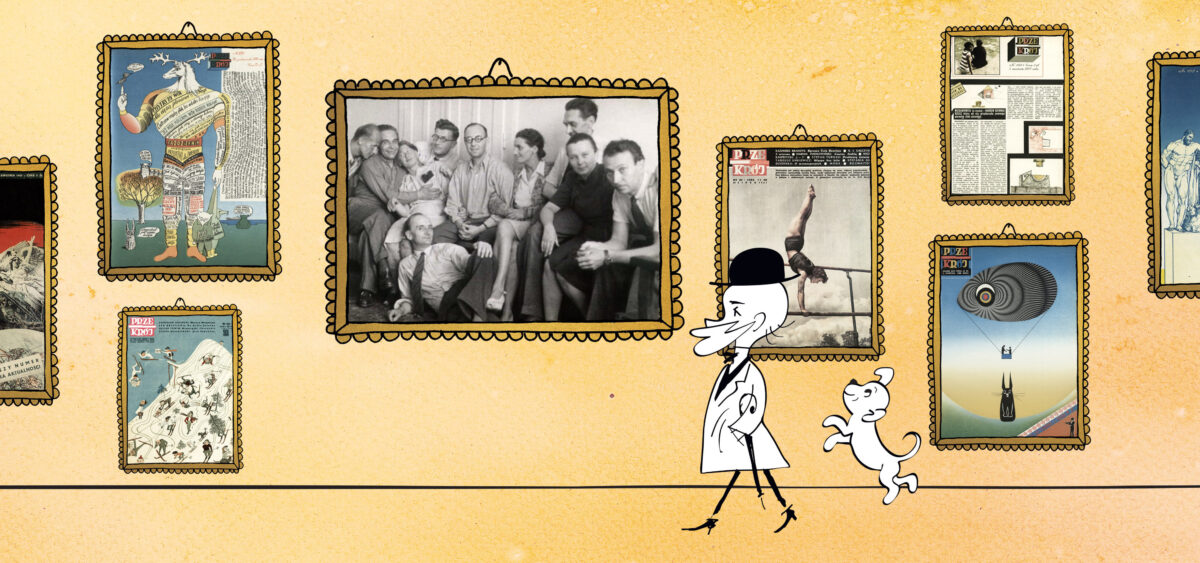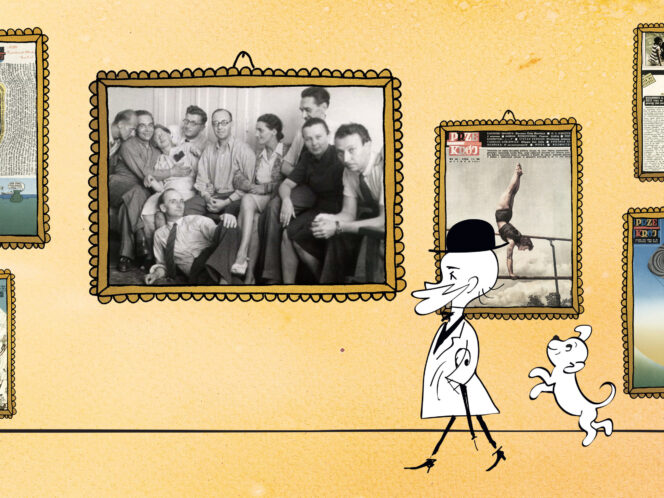
From devil’s spawn to a feline personality—the change that has occurred in our perception of these creatures has more to do with us than it does with them.
The eternal debate of whether cats or dogs are superior is less than sensible (both dogs and cats can be marvelous companions). Yet there is no denying that cats have recently taken the lead as people’s favorite pets. Laura A. Vocelle, an American authority on the subject, writes in Revered and Reviled: A Complete History of the Domestic Cat that in 2015 to 2016 in the United States alone, nearly ninety million cats were under people’s care, while around the world their population exceeded six hundred million.* Every social media user has likely noticed that cats have taken over the internet: their videos claim millions of likes on Facebook and Instagram, cat memes are among the most popular, and adding a photo of a cat to your post is a foolproof way of increasing your followers. Grumpy Cat, Simon’s cat, or the highly expressive Stepan from Kharkiv, whose evacuation from war-torn Ukraine last year was followed on social media by tens of thousands—who among us has not seen them at least once? We all have a cat-lover in our circle of friends, we may even be that person ourselves. Perhaps this explains the joke that cats have taken over the world?
Watch Those Jokes
Here, a problem arises: a seemingly innocent joke, and one of the most popular kinds, is based on the harmful stereotype of the cat as a manipulator, covertly desiring power. People still stereotype cats, sometimes making them malicious, vengeful, and defiant and at other times free, independent, and individual. Not everyone knows both ideas are inaccurate: the traits of cats, like those of people, are not permanent, and these animals surely do not possess human attributes. If someone were to say, for instance, that people are envious, they’d look like a fool; we all know that some are and some aren’t. The








